Over the course of years, I’ve had strange relationships with many teas. I’m kind of a steep-slut that way. But none have been as ass-backwards as my journey with An Ji Bai Cha.
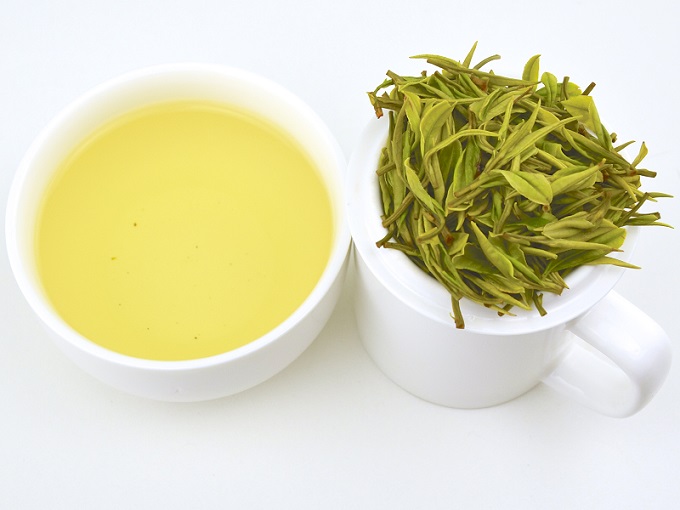
Image owned by Seven Cups

Over the course of years, I’ve had strange relationships with many teas. I’m kind of a steep-slut that way. But none have been as ass-backwards as my journey with An Ji Bai Cha.

Image owned by Seven Cups
Toward the end of any year, content creators, influencers, media pundits (social or otherwise) are encouraged to create look-backs or listicles of the year-that-was. Throughout my long and industrious “career” as a tea blogger, I’ve made such reflections in the past. Usually commenting on how weird the year was, or how wonderful some aspect of it turned out. 2020, though . . . ?
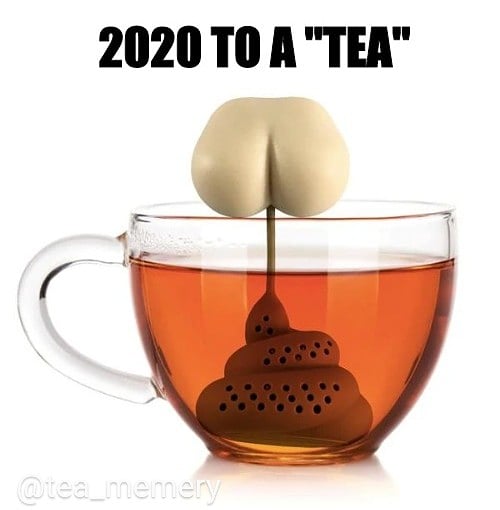
Yeah, I don’t wanna.
It was a terrible, terrible, TERRIBLE year by all objective measures. I won’t even go into detail as to why, I don’t have to, most of you reading this have felt the “Terrible” in your own lives. While I got away from feeling most of the brunt of 2020, my mental state did not. To the point where I took an unintended hiatus from writing anything for close to three months.
The result of that was a rather unwieldy backlog of tea stories I had yet to tell. Some I may not even get to, come to think of it. So, to close the year out (almost a month after it ended), I thought I’d egress—not with a story—but with a theme. For you see, over the course of the year, something(s) weird and wonderful did chance by me. White teas, quite a few weird and wonderful white teas.
Well, it’s spring again, and with it comes warmer weather. That’s how it is in the Pacific Northwest. I’m . . . not a fan. The reason? With warmer weather comes seasonal chronic migraines; a fun little diagnosis I received back in 2017. And it puts a heck of a damper on my routine tea drinking.
Every year is a little bit different. I have to spend a couple of months tinkering with my tea drinking rituals so as to avoid triggering a headache later in the evening. This year was particularly upsetting because everything seemed to be a trigger, even my yearly love affair with first flush Darjeelings.
So, it came as quite a surprise that I fared better when I switched over almost entirely . . . to green tea.
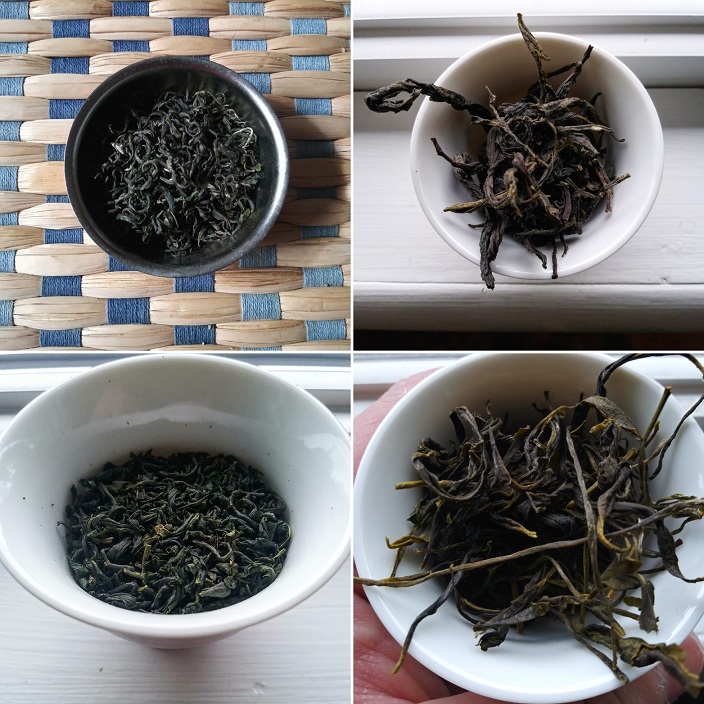
Let me tell you a little about my “Tea Uncle”, Austin Hodge.

Austin Hodge and I. Photo by Nicole Schwartz.
Why is he wearing a Zhong Shan Zhuang, and how did someone convince me to wear a suit? I’ll get to that.
Seven Days of Seven Cups, Day 7 – “Da Hong Pao: My Old Nemesis”
Da Hong Pao (“Big Red Robe”) . . . my old nemesis . . . we meet again.
Now, I’ve gone on record several times over the years as saying that Da Hong Pao was one of my least favorite oolongs. Sure, I had a few I liked, but the amount I disliked far outweighed that. That all changed in November of last year when I had an original “mother bush” Qi Dan Da Hong Pao. And for some reason—as I stated in earlier entries—it forever changed my palate. Wuyi oolongs were now welcomed to my tea tray.
However, I still remained hesitant toward commodity Da Hong Pao. What’s the difference? Allow me to explain.
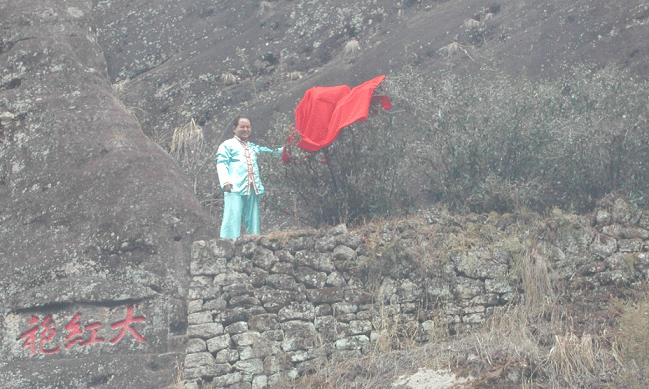
The six (allegedly) original Da Hong Pao (Big Red Robe) tea bushes; image owned by Seven Cups.
Seven Days of Seven Cups, Day 6 – “Lao Cong Shui Xian Oolong . . . or Wulong”
A thought occurred to me while I was doing this Wuyi oolong-fueled, seven-blog stretch. I haven’t once referred to “oolong” as “wulong”. Granted, I never do, but it’s a particular sticking point here . . . because Seven Cups refers to them as wulongs. And, technically, they’re right? It is “wulong”, or rather . . . this, in Traditional Chinese (Mandarin) . . .

Basically “woolong cha” or “black dragon tea”, which is the coolest name, ever.
Seven Days of Seven Cups, Day 5 – “Searching for the Cinnamon in Rou Gui”
Rou Gui holds the distinction of being the first—and a long time ago, only— Wuyi oolong I liked when I first got started. Of course, in the last year or so, my palate has since Stockholmed its way into acceptance of most Wuyi oolongs, but Rou Gui will always be the first that opened the floodgates. Part of that might be in the name; Rou Gui literally means “cassia” in Chinese, which is a type of local cinnamon—Cinnamomum cassia.
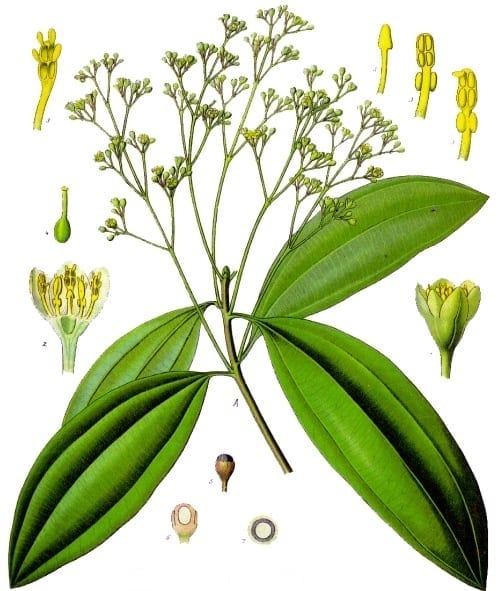
This is the first Wuyi oolong I’ve sipped this week that didn’t have a name that sounded like a call-back to a piece of Hong Kong cinema. Curious that a bunch of folks in the Qing Dynasty would want to name a plant for . . . another plant, instead of tea drunk, kung fu monks or Taoist wizards. I wonder why that is? Let’s dig into the tea itself to find out.
Seven Days of Seven Cups, Day 3 – “Ba Xian: Oolong of the Eight Immortals”
Ba Xian literally means “Eight Immortals” in Chinese. The name refers to the tea plant cultivar used to create this particularly odd Wuyi oolong, but it also has a legend attached to it. Don’t they all?
The name is a direct reference to eight legendary heroes in Chinese mythology, particularly the Taoist tradition.
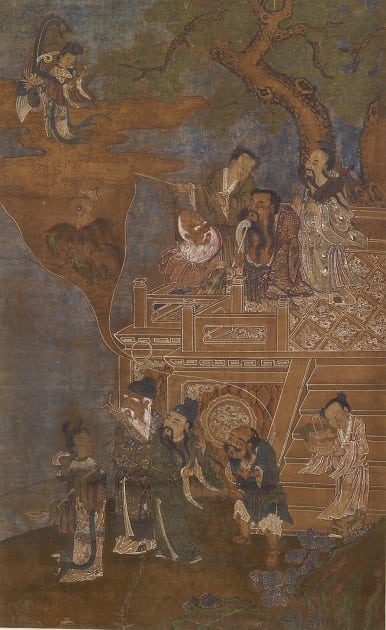
Ba Xian or “Eight Immortals”
Seven Days of Seven Cups, Day 2 – “Bai Ji Guan or White Rooster Crest”
Bai Ji Guan—translated as “White Rooster Crest”— earns its name from the color and shape of its leaves.
They’re rather yellow and crest-like. According to legend, an old rooster died near a place called Hui Yan Rock. The locals buried the bird under a tea bush, and the following year, the bush’s leaves grew in yellow. It’s as likely a story as any coming out of China.
Powered by WordPress & Theme by Anders Norén